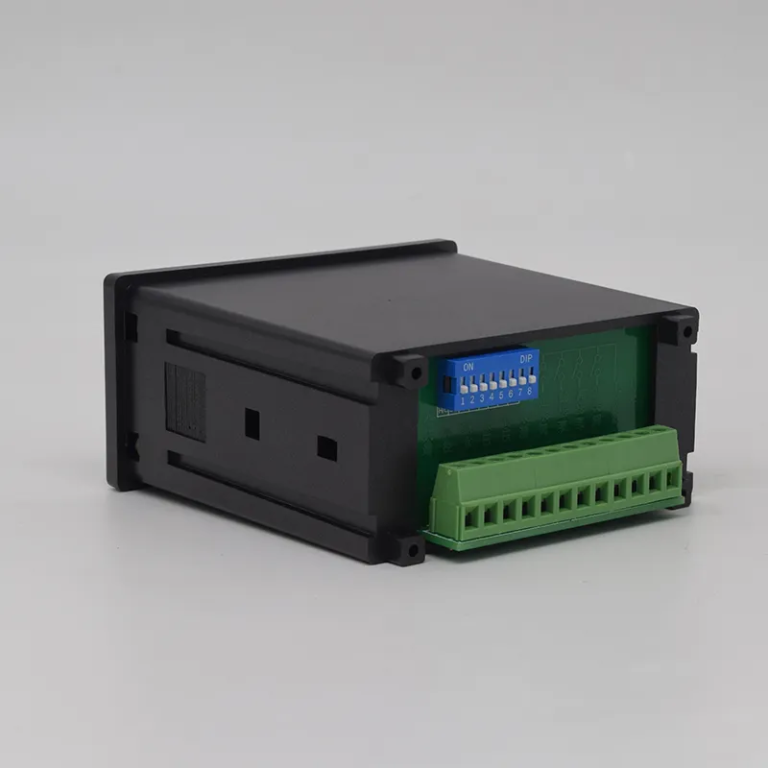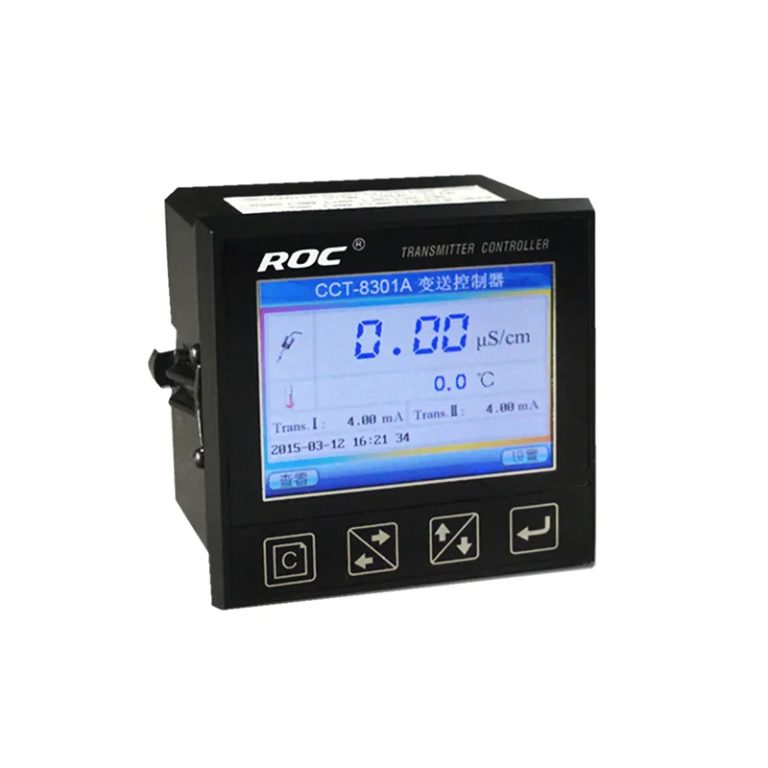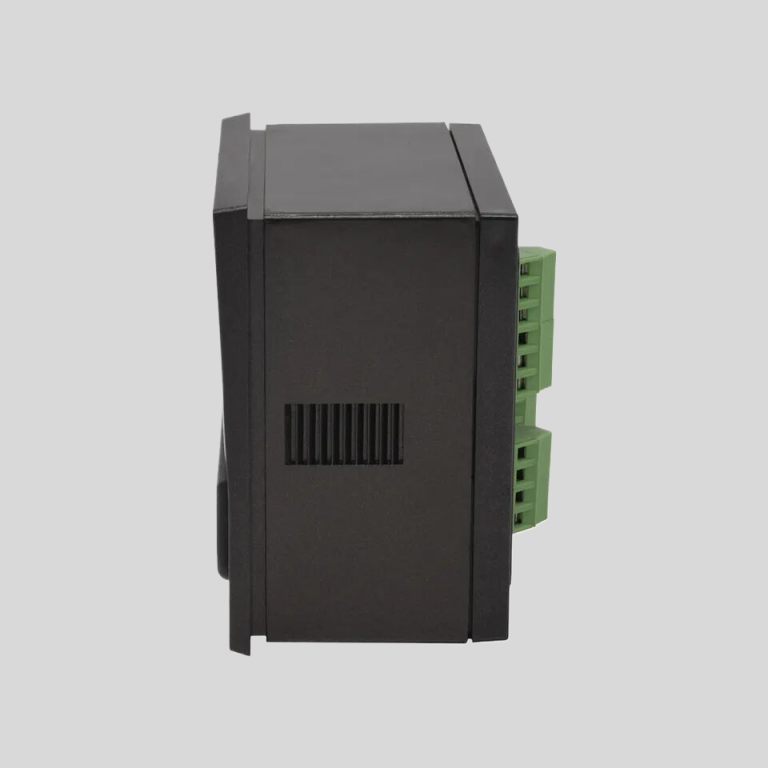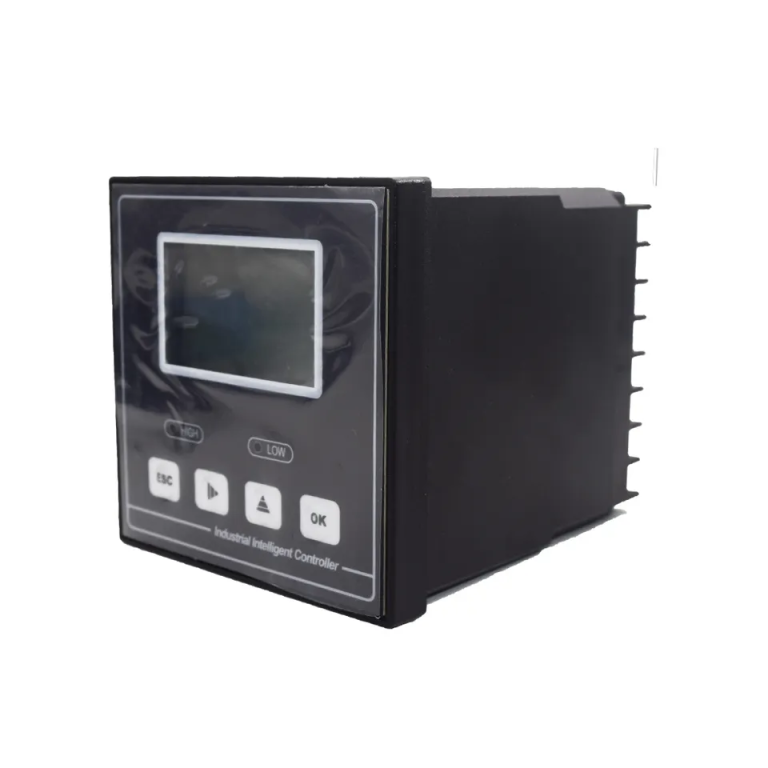Benefits of Using Open Channel Flow Transmitters in Water Management Systems
Open channel flow transmitters play a crucial role in water management systems by accurately measuring the flow of water in open channels such as rivers, canals, and streams. These devices provide valuable data that helps water managers make informed decisions about water distribution, flood control, and environmental protection. In this article, we will explore the benefits of using open channel flow transmitters in water management systems.
One of the key benefits of open channel flow transmitters is their ability to provide real-time data on water flow rates. By continuously monitoring the flow of water in open channels, these devices can alert water managers to sudden changes in flow rates, which could indicate a potential flood or other water-related emergency. This real-time data allows water managers to take immediate action to protect lives and property.
In addition to real-time data, open channel flow transmitters also provide accurate measurements of water flow rates. This accuracy is essential for ensuring that water is distributed efficiently and fairly, especially in regions where water resources are limited. By using open channel flow transmitters to measure flow rates, water managers can ensure that water is allocated according to established guidelines and regulations.
Another benefit of open channel flow transmitters is their ability to monitor water quality. In addition to measuring flow rates, these devices can also measure parameters such as water temperature, pH levels, and turbidity. This data is essential for ensuring that water is safe for consumption and for protecting aquatic ecosystems. By monitoring water quality in real-time, water managers can quickly identify and address any issues that may arise.
Open channel flow transmitters are also highly versatile devices that can be used in a wide range of applications. Whether monitoring the flow of water in a small stream or a large river, these devices can provide accurate and reliable data. This versatility makes open channel flow transmitters an essential tool for water managers in a variety of settings.
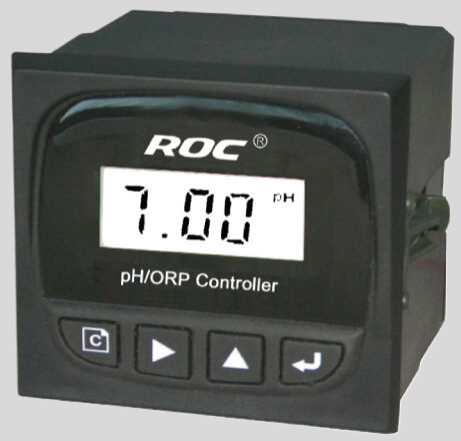
Furthermore, open channel flow transmitters are easy to install and maintain, making them a cost-effective solution for water management systems. These devices are designed to withstand harsh environmental conditions, such as extreme temperatures and high levels of moisture, ensuring reliable performance over time. Additionally, many open channel flow transmitters are equipped with remote monitoring capabilities, allowing water managers to access data from anywhere with an internet connection.
| Model | EC-810 Conductivity/resistivity controller |
| Range | 0-200/2000/4000/10000uS/cm |
| 0-20/200mS/cm 0-18.25M\u03a9 | |
| Accuracy | Conductivity:1.5%;\u00a0 Resistivity:2.0%(FS) |
| Temp. Comp. | Automatic temperature compensation based on 25\u2103 |
| Oper. Temp. | Normal 0\uff5e50\u2103; High temp 0\uff5e120\u2103 |
| Sensor | 0.01/0.02/0.1/1.0/10.0cm-1 |
| Display | LCD Screen |
| Current Output | 4-20mA output/2-10V/1-5V |
| Output | High/Low limit dual relay control |
| Power | AC 220V\u00b110% 50/60Hz or AC 110V\u00b110% 50/60Hz or DC24V/0.5A |
| Working Environment | Ambient temperature:0\uff5e50\u2103 |
| Relative humidity\u226485% | |
| Dimensions | 96\u00d796\u00d7100mm(H\u00d7W\u00d7L) |
| Hole Size | 92\u00d792mm(H\u00d7W) |
| Installation Mode | Embedded |
In conclusion, open channel flow transmitters are essential tools for water managers seeking to effectively monitor and manage water flow in open channels. These devices provide real-time data on flow rates, accurate measurements of water quality, and versatile applications in a variety of settings. With their ease of installation and maintenance, open channel flow transmitters offer a cost-effective solution for water management systems. By utilizing open channel flow transmitters, water managers can make informed decisions that protect water resources and ensure the safety and well-being of communities.

